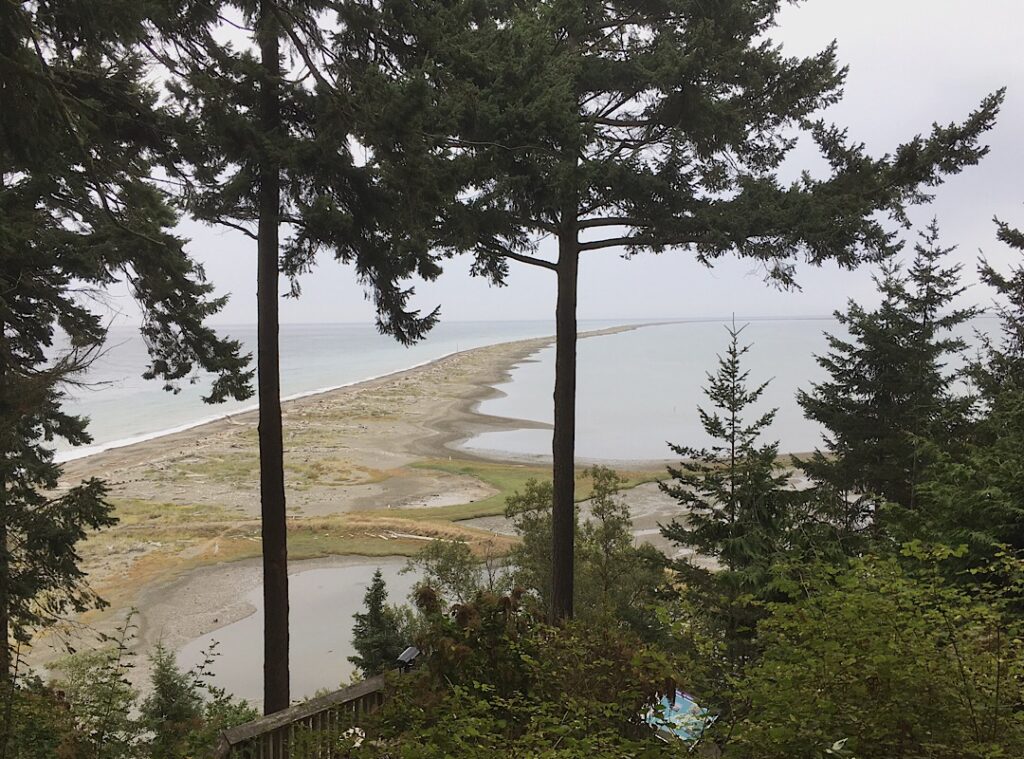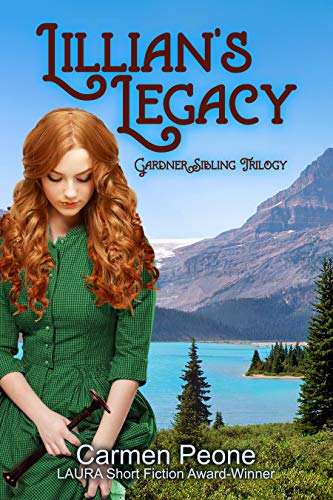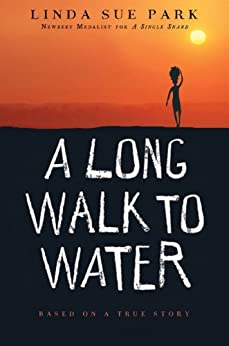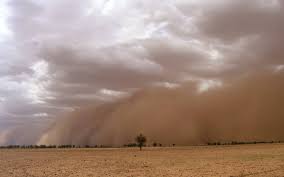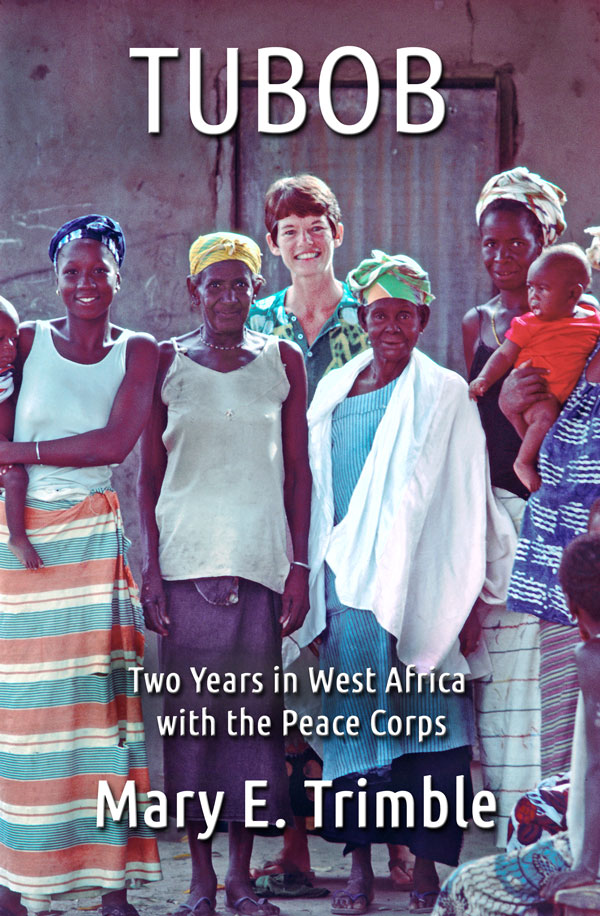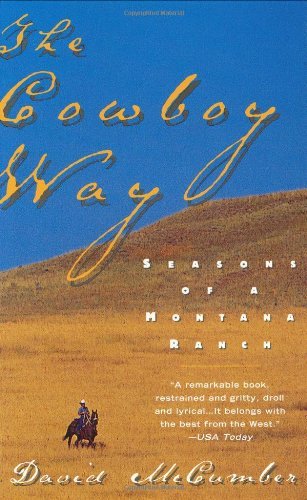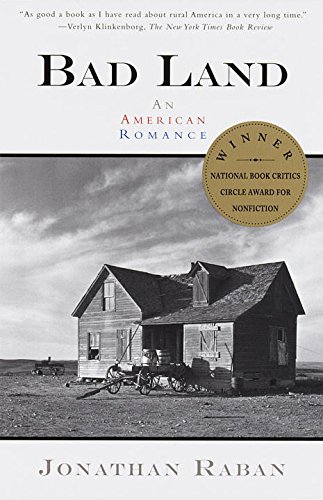
Bad Land: An American Romance by Jonathan Raban, an Englishman who now lives in Seattle, is an intriguing social history of the homesteading movement in eastern Montana in the early 20th century. Seduced by the government’s Enlarged Homestead Act of 1909 granting individuals 320 acres of non-irrigable land, and lured by deceiving colorful brochures published by the railroad, future farmers and ranchers came to Montana to make their fortune, or at least to make a decent living.
Raban follows several families’ stories from when they first arrived with high hopes to how they were often defeated by blistering summers, minus forty-degree winters, and years of drought. Plus, the monotonous, endless prairie was demoralizing to many. Although homesteaders could obtain loans from local banks for expensive machinery, it was soon obvious that the land could not support the crops or livestock needed to repay loans. Some families were resourceful and managed to thrive, but there were few success stories.
I admired Raban’s ability to show the dignity and integrity of the descendants of early homesteaders. Most of them were proud of the accomplishments of their indomitable ancestors who worked hard to provide for their families under unbelievably harsh conditions. But mostly, the homesteaders’ dreams turned sour; there were simply too many hardships to overcome.
Raban also delves into modern day and the rebellious spirit often seen in rural Montana’s anti-government militia movements. These resentments often stem from long-held family beliefs that the government and big business conspired together against the “little folk.” The government made the opportunities by encouraging people to settle the land; the bank profited from farms and ranches being repossessed.
I enjoyed Bad Land and found Raban’s keen observations enlightening and fun to read. In researching the area, the author endured harsh weather, loneliness, and exposing himself as a “greenhorn” in order to delve into the reality of Montana’s “wild west.”




